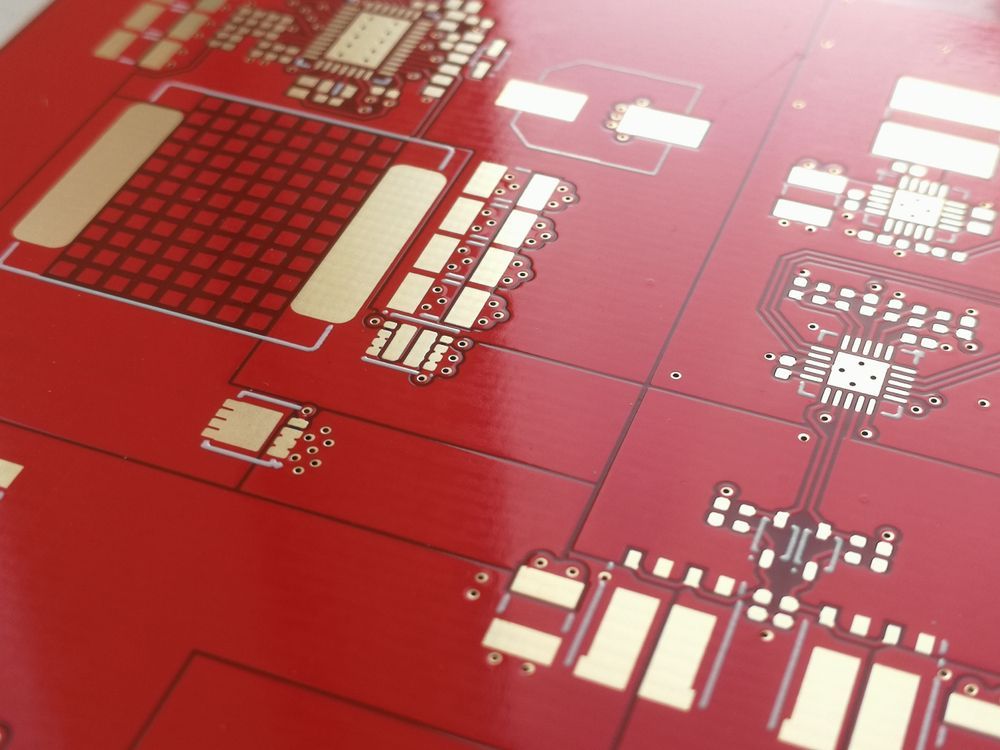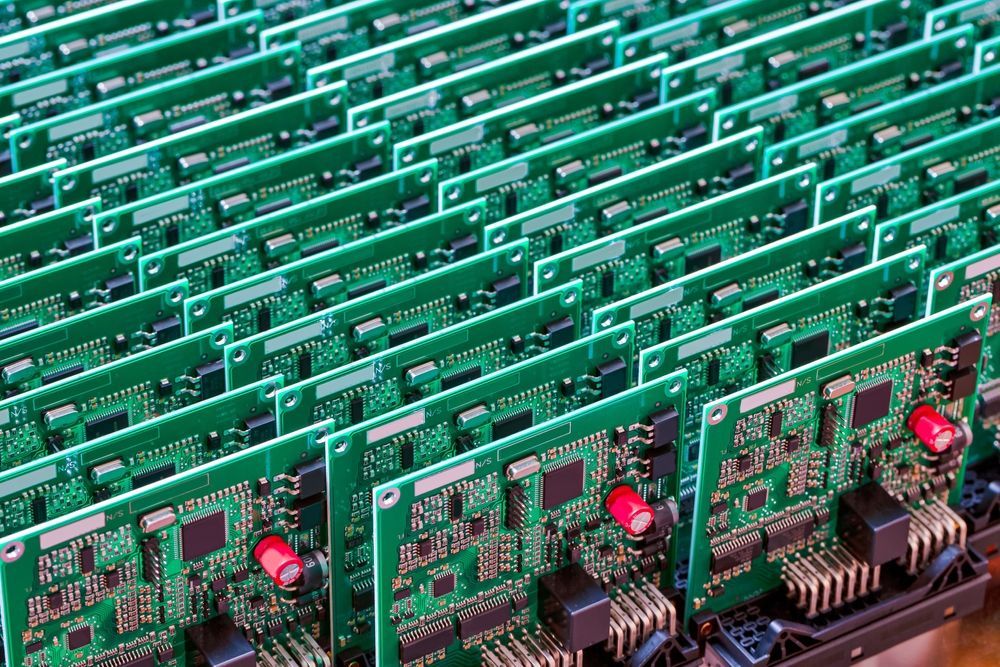Understanding IPC Class 1, 2, & 3 Certifications
Electronics manufacturers and OEMs rely on IPC standards to define the acceptability of printed circuit board assemblies. These classifications (Class 1, 2, and 3) help align product quality to the expectations of specific industries. IPC certification is not a marketing label. It reflects the manufacturing controls and inspection criteria a facility follows to meet customer needs.
For some products, minor cosmetic flaws or slight process variations are acceptable. In others, failure could lead to mission loss or patient risk. That’s where these distinctions matter. Understanding how IPC certification works makes it easier to evaluate suppliers, especially in regulated sectors like aerospace, medical, and defense.
What are IPC Certifications & Why are They Important?
IPC certifications define workmanship and inspection standards for PCB assemblies. They’re developed by IPC, a global trade association for electronics manufacturing, and are widely used across the industry to qualify builds. Each class reflects a different performance objective, from basic function to continuous service in extreme conditions.
These certifications standardize what’s considered acceptable at each level. This reduces interpretation errors between OEMs, contract manufacturers, and inspectors. IPC Class 1 allows cosmetic leniency. Class 2 balances durability and cost. Class 3 focuses on function under stress.
For procurement teams and design engineers, IPC certification is part of supplier validation. It confirms process maturity, quality control systems, and build consistency. While many manufacturers are capable of assembling boards, fewer can meet Class 3 standards consistently. At EI Microcircuits, that certification underpins everything from quoting to final inspection.
Class 1 Explained
How Is it Acquired?
IPC Class 1 certification requires compliance with IPC-A-610 standards at the most basic level. Manufacturers must follow documented processes and train operators to recognize acceptable workmanship. Most Class 1 production does not include advanced inspection or traceability, and cosmetic issues are usually tolerated. Certification involves internal audits and basic documentation.
What Does This Level Allow You to Make?
Class 1 permits builds where function matters more than appearance or long-term durability. These assemblies are often simple, low-cost designs where cosmetic flaws and minor defects don’t impact the user experience or electrical performance. It’s a practical option for high-volume, low-risk electronics.
Common Industries Class 1 is Required In
You’ll typically find Class 1 assemblies in toys, disposable electronics, and budget consumer devices. The focus here is on keeping unit costs low while meeting the basic requirements of the design. For manufacturers producing large runs of non-critical assemblies, Class 1 offers speed and flexibility.
Class 2 Explained
How Is it Acquired?
To qualify for Class 2, a manufacturer must implement more rigorous process controls and maintain consistent workmanship standards. Training must align to IPC-A-610 Class 2 criteria. Inspection protocols are more detailed than Class 1, and documentation must track defects and corrective actions. Certification can be obtained through third-party audits or IPC training centers.
What Does This Level Allow You to Make?
Class 2 supports products where consistent function is expected but where slight cosmetic or process variations are acceptable. Assemblies must operate reliably over time, even under moderate environmental or use conditions. This level is a strong fit for general-purpose electronics that are not subject to harsh use.
Common Industries Class 2 is Required In
Most industrial equipment, home appliances, and commercial electronics fall into Class 2. These assemblies are expected to function reliably over an extended service life but are not exposed to the same environmental or operational stresses as Class 3 systems. Applications might include HVAC controls, industrial automation panels, or commercial lighting systems. While performance consistency is important, Class 2 allows for some cosmetic variation and less rigid documentation practices. Inspection thresholds are moderate, and process control focuses on maintaining function without introducing unnecessary cost. For many OEMs, Class 2 offers a practical balance between cost and quality.
Class 3 Explained
How Is it Acquired?
Achieving Class 3 certification requires a deep commitment to process discipline and inspection rigor. Operators and inspectors must be trained to the highest IPC-A-610 standards, and the facility must support traceability, repeatability, and in-depth quality control. Certification typically involves third-party validation, customer audits, and ongoing process monitoring.
What Does This Level Allow You to Make?
Class 3 is reserved for assemblies where uninterrupted performance is a requirement. That includes systems exposed to temperature extremes, high vibration, electrical noise, continuous use, or other harsh operating conditions. These builds often include redundant design features, tight spacing, and dense interconnects. Precision, repeatability, and workmanship are non-negotiable.
Common Industries Class 3 is Required In
Class 3 is the standard for aerospace, defense, medical, and other mission-critical systems. You’ll see these assemblies in flight controls, surgical tools, missile guidance systems, and high-end instrumentation. In these environments, even a minor solder void, marginal connection, or surface contamination can compromise performance or safety. Class 3 certification addresses these risks through tighter workmanship standards, stricter inspection criteria, and greater process control.
EI Microcircuits is Class 3 Certified
At EI Microcircuits, our team is trained and certified to build to Class 3 and we build these types of assemblies every day. Not every assembly requires Class 3 but all assemblies benefit from the quality standards to build Class 3 in place at EI Microcircuits. This includes traceability from components to the final test, tightly controlled soldering and cleaning processes, and verification steps built into every stage of production.
Our quality system is backed by certifications, including ISO 13485 for medical devices, AS9100D for aerospace and defense, and ISO 9001:2015 for general manufacturing.
We proudly specialize in high-reliability, high-complexity PCB assemblies where consistency matters as much as functionality. Our customers across multiple strict, highly regulated industries depend on us to meet the highest standards, every time.
Contact us today to find a solution to your electronics manufacturing challenges.
let's talk
EI Microcircuits is comprised of three production facilities totaling over 100,000 square feet of climate-controlled manufacturing, engineering and warehousing. We are ready to be the solution to your next project. Contact Us, Request a Quote or Schedule a Tour today!
Manufacturing plant 1
1651 Pohl Road
Mankato, MN 56001
P: 507.345.5786
Manufacturing plant 2
2011 Klein Street
St. Peter, MN 56082
P: 507.934.5722
manufacturing plant 3
69 Power Drive
Mankato, MN 56001
P: 507.386.9160
*Each facility is configured to support your production needs. While maintaining continuity with each other in equipment, training and process control, each facility offers its own specialty. All facilities share the same data center to allow for seamless manufacturing between locations.



